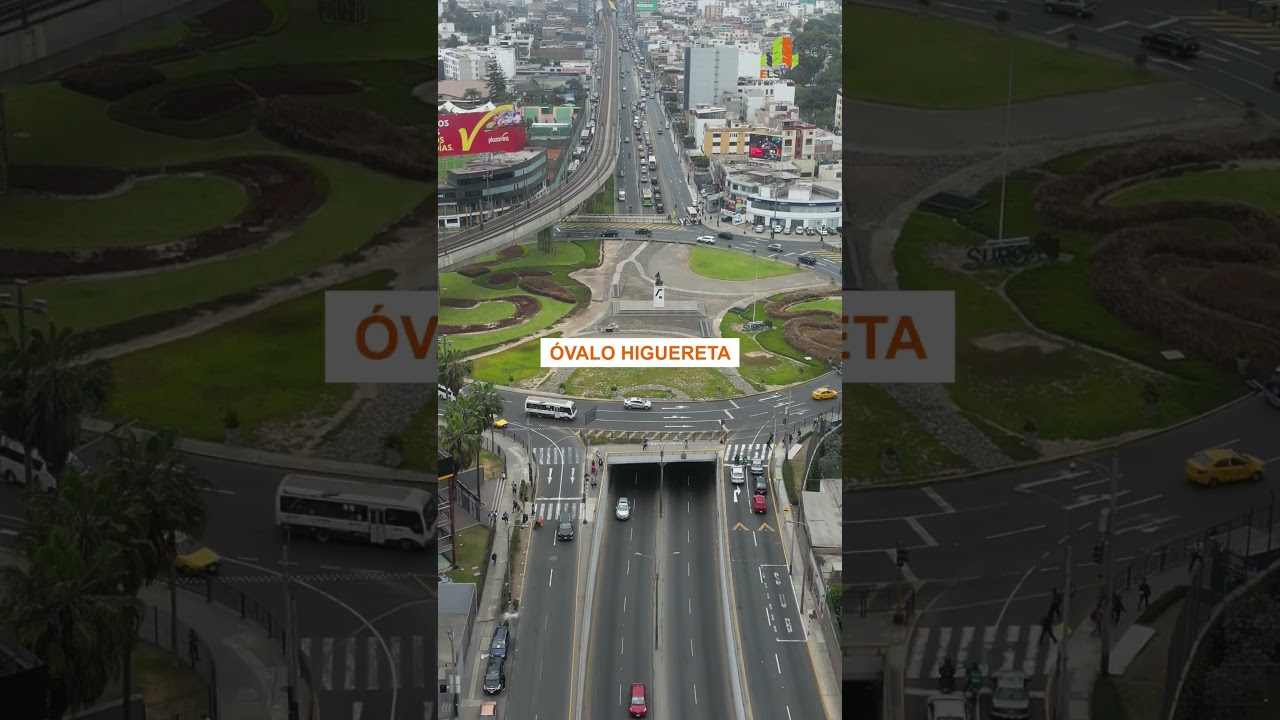
Relatively cheap housing, low taxes, looser COVID-19 restrictions and an influx of major employers turned Texas housing markets into hotspots after the pandemic began in March 2020.
There weren’t many metro areas that rivaled the boom in Austin. The emerging technology sector brought wealth from the West Coast and pushed home prices sky high in a very short period of time.
While Houston, Dallas and San Antonio didn’t experience the same pace of price appreciation, they benefited from the same dynamics that pushed Austin to the moon.
But the momentum in Texas has stalled. Over the past six months, home prices have fallen in all four of the state’s major metropolitan areas as the extremely tight inventory that defined the years following the pandemic has loosened considerably.
This dynamic is painfully evident in data from Altos Research, and it’s most obvious in Austin. The year-over-year median price change in “baby San Jose” turned negative at the end of 2022. In May 2023, the annualized decline bottomed out at a hefty 13.2%.
Prices at the start of 2024 turned positive again. But since then, they have settled into a pattern of yearly declines in the range of 4.5%.
One doesn’t have to wade through the weeds of housing market data to figure out why. Year-over-year inventory growth in Austin tripled and quadrupled for much of 2023. Inventory growth peaked at a shocking 345.8% in April 2023.
The same dynamic has played out in Houston, San Antonio and Dallas, although not to the same extent as Austin.
Dallas has experienced the highest year-over-year inventory spike of the three other major Texas metros. It topped out in April 2023 at 189.7%, slightly besting San Antonio’s 188% year-over-year rise in May 2023. Houston had its inventory growth peak at 135% right around the same time.
In 2024, inventory gains have been fairly steady. In June, growth in Dallas settled in at about 85%. Austin’s increases have fallen from 28% in August to 14% today, while Houston (+30%) and San Antonio (+23%) continue to see relatively modest growth.






